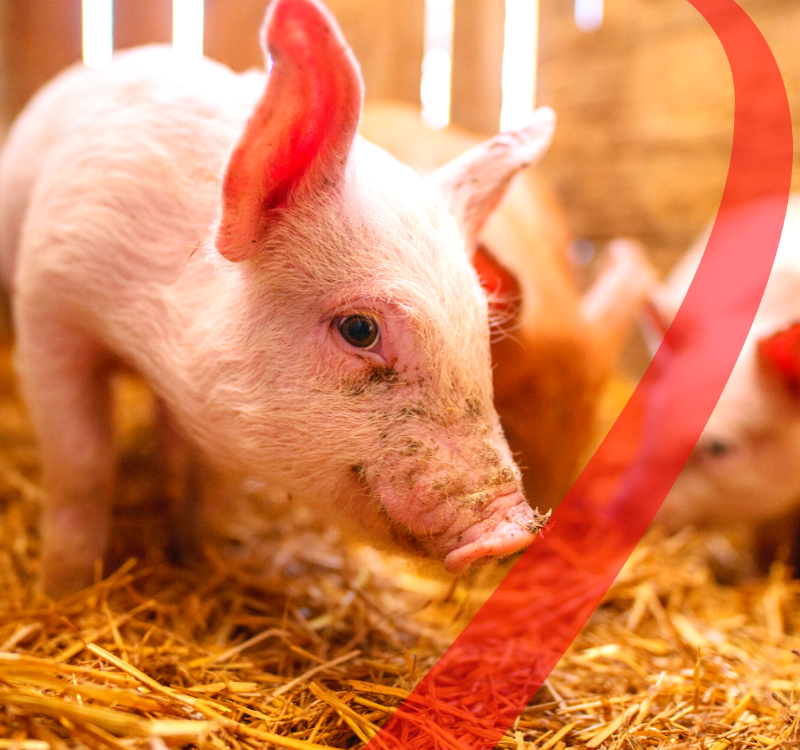Hyperthermia in piglets

Rumen
April 12, 2019
Essential Oils in Poultry
August 20, 2019Hyperthermia in piglets
Products obtained from the processing plant as a valid help during the first phases of life
The first 70 days of piglets’ life are a critic period, in which a high risk of seroconversion is detected in the group. This situation leads to febrile condition and a following decrease of the feed intake.
For this reason, the control of this actual risk has to be managed through a multifactorial approach, that includes also feed supply.
The usual treatment for hypethermia in piglets, developed often by acetylsalicylic acid (ASA) and paracetamol, involves a series of side effects, linked to their consequences on the animal’s body and to the need of a medical prescription.
In this sense, the continuous administration of substances able to interact with the altered physiological balance, could be helpful for hyperthermia in piglets: several studies regarding the use of plants or their dried parts in animals, for this purpose (temperature changes, inflammatory processes), cite protocols that report positive data regarding the return to normal states of the altered physiological balance of the animal and consequent normal levels of feed intake.
Two significant samples are given by white willow (Salix alba L.) and meadowsweet (Filipendula ulmaria Max).
The salicylic acid, the aspirin precursor, is extracted from Salix alba; the plants are producing it to protect themselves from different attacks. It is commonly known as an anti-inflammatory and useful as an antipyretic or a light analgesic for different febrile situations such as hyperthermia in piglets.
On the other hand, Filipendula ulmaria is traditionally used in the symptomatic treatment of joint pains, fever and flu. In addition to salicylates, it contains flavonoids (0,5%), vitamin C and tannins.





